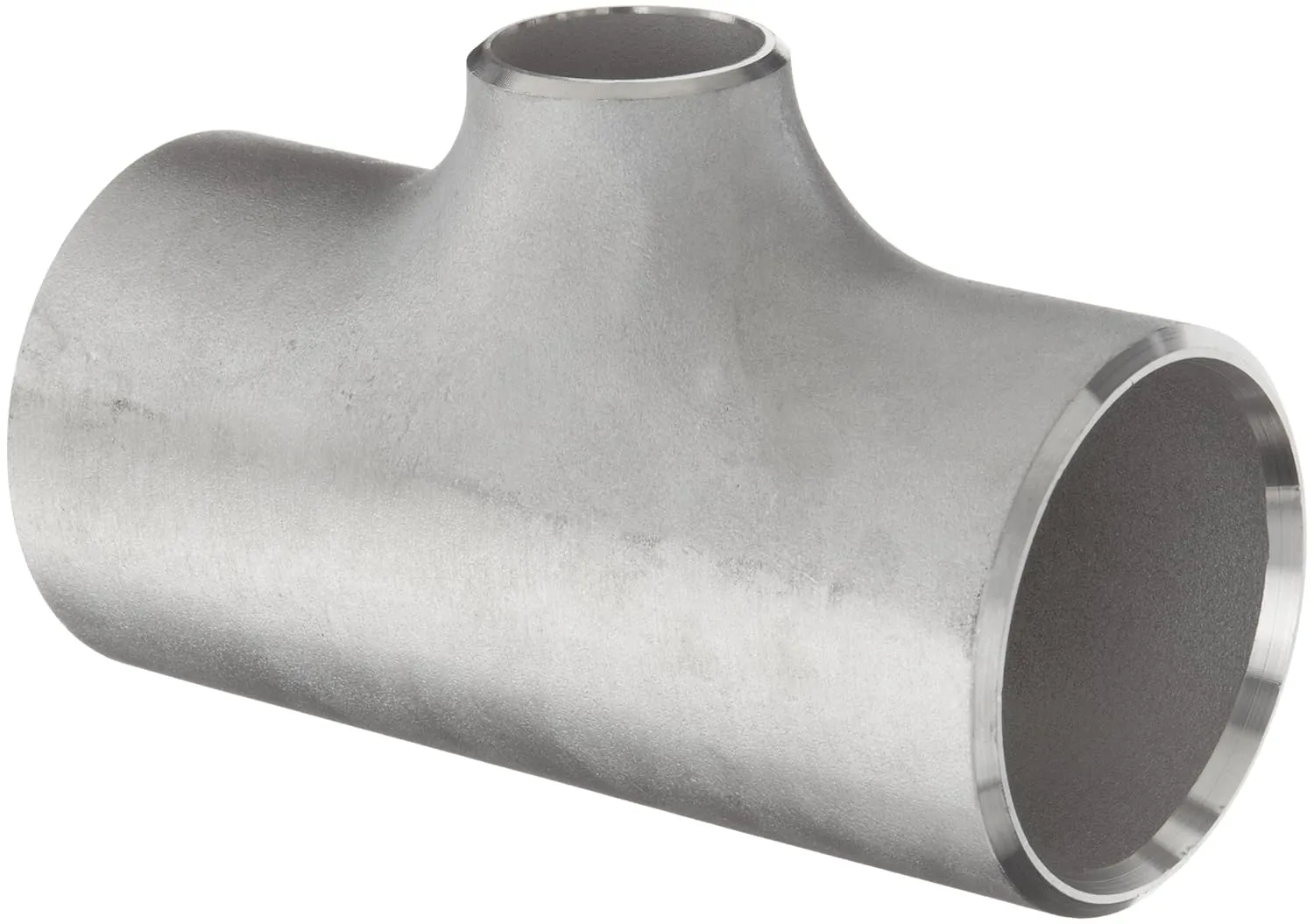-
Cangzhou Yulong Steel Co., Ltd.
-
Phone:
+86 13303177267 -
Email:
admin@ylsteelfittings.com
- English
- Arabic
- Italian
- Spanish
- Portuguese
- German
- kazakh
- Persian
- Greek
- French
- Russian
- Polish
- Thai
- Indonesian
- Vietnamese
- Zulu
- Korean
- Uzbek
- Hindi
- Serbian
- Malay
- Ukrainian
- Gujarati
- Haitian Creole
- hausa
- hawaiian
- Hebrew
- Miao
- Hungarian
- Icelandic
- igbo
- irish
- Japanese
- Javanese
- Kannada
- Khmer
- Rwandese
- Afrikaans
- Albanian
- Amharic
- Armenian
- Azerbaijani
- Basque
- Belarusian
- Bengali
- Bosnian
- Bulgarian
- Catalan
- Cebuano
- China
- China (Taiwan)
- Corsican
- Croatian
- Czech
- Danish
- Esperanto
- Estonian
- Finnish
- Frisian
- Galician
- Georgian
- Kurdish
- Kyrgyz
- Lao
- Latin
- Latvian
- Lithuanian
- Luxembourgish
- Macedonian
- Malgashi
- Malayalam
- Maltese
- Maori
- Marathi
- Mongolian
- Myanmar
- Nepali
- Norwegian
- Norwegian
- Occitan
- Pashto
- Dutch
- Punjabi
- Romanian
- Samoan
- Scottish Gaelic
- Sesotho
- Shona
- Sindhi
- Sinhala
- Slovak
- Slovenian
- Somali
- Sundanese
- Swahili
- Swedish
- Tagalog
- Tajik
- Tamil
- Tatar
- Telugu
- Turkish
- Turkmen
- Urdu
- Uighur
- Welsh
- Bantu
- Yiddish
- Yoruba

Nov . 27, 2024 17:07 Back to list
Flange Specifications and Applications for Class 600 Industrial Connections
Understanding Flange Class 600 A Comprehensive Overview
Flanges are critical components in piping systems, bridging gaps between various segments of pipework and equipment. Among the various types of flanges available, the Class 600 flange holds a prominent position in industries that demand high pressure and robust performance. This article will delve into the specifics of Class 600 flanges, including their applications, design considerations, and material selection.
What is a Flange Class 600?
Flange Class 600 refers to a specific pressure rating for flanges that are designed to withstand a maximum pressure of 600 pounds per square inch (psi) at a temperature of 100°F (38°C). This classification is part of the American National Standards Institute (ANSI) and American Society of Mechanical Engineers (ASME) standards, which categorize flanges based on their pressure-temperature ratings, ensuring safe and efficient operation in various applications.
Applications of Class 600 Flanges
Class 600 flanges are commonly used in high-pressure applications across several industries, including
1. Oil and Gas In exploration, production, and refining processes, Class 600 flanges are often employed to connect pipes that transport crude oil, natural gas, and other hydrocarbons. Their strength allows them to function safely under high-pressure conditions.
2. Chemical Processing The chemical industry requires robust piping systems to handle corrosive and hazardous materials. Class 600 flanges provide the needed reliability to withstand aggressive environments.
3. Power Generation Class 600 flanges are frequently used in steam and water systems within power plants. They ensure that high-pressure steam and fluids are effectively contained to prevent leaks or failures.
flange class 600

4. Water Treatment In municipal and industrial water treatment facilities, Class 600 flanges are used to connect various sections of the piping system, enabling the safe movement of water under pressure.
Design Considerations for Class 600 Flanges
When selecting Class 600 flanges, engineers must consider several design factors to ensure they meet the specific requirements of their projects
1. Material Selection Common materials for Class 600 flanges include carbon steel, stainless steel, and alloy steel. The choice of material depends on factors such as temperature, pressure, and the chemical nature of the fluids being transported. For instance, stainless steel is often preferred in corrosive environments due to its resistance to rust and degradation.
2. Gasket Compatibility The gasket used with Class 600 flanges must be chosen carefully to ensure a proper seal at high pressures. Variations in temperature and pressure can affect the performance of gaskets, so selecting the correct type—such as rubber, graphite, or metal—is crucial.
3. Bolt Specifications The bolts used to secure Class 600 flanges must also be rated to handle the high pressure. Typically, these bolts are made from high-strength materials and should be tightened to the manufacturer’s specifications to avoid leakage or damage.
4. Inspection and Maintenance Regular inspections and maintenance are vital for ensuring the longevity of Class 600 flanges. Wilful neglect can lead to leaks, catastrophic failures, or costly downtime. Engineers must implement appropriate inspection schedules to check for signs of wear, corrosion, or damage.
Conclusion
In conclusion, Class 600 flanges are essential components in high-pressure piping systems across multiple industries. Their ability to withstand significant pressures makes them indispensable in applications ranging from oil and gas to power generation. Understanding the design considerations, material selection, and proper maintenance practices associated with Class 600 flanges is critical for engineers and technicians who work to maintain the integrity and safety of industrial piping systems. By carefully selecting and installing these flanges, industries can ensure efficient operations and promote workplace safety, ultimately leading to significant cost savings and enhanced productivity.
Latest news
-
ANSI 150P SS304 SO FLANGE
NewsFeb.14,2025
-
ASTM A333GR6 STEEL PIPE
NewsJan.20,2025
-
ANSI B16.5 WELDING NECK FLANGE
NewsJan.15,2026
-
ANSI B16.5 SLIP-ON FLANGE
NewsApr.19,2024
-
SABS 1123 FLANGE
NewsJan.15,2025
-
DIN86044 PLATE FLANGE
NewsApr.19,2024
-
DIN2527 BLIND FLANGE
NewsApr.12,2024
-
JIS B2311 Butt-Welding Fittings LR/SR 45°/90° /180°Seamless/Weld
NewsApr.23,2024











